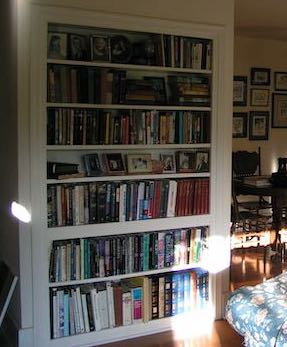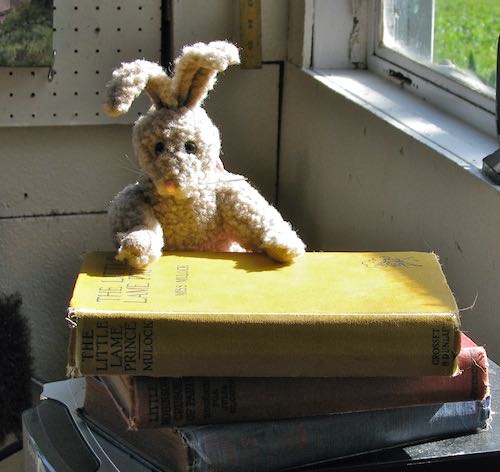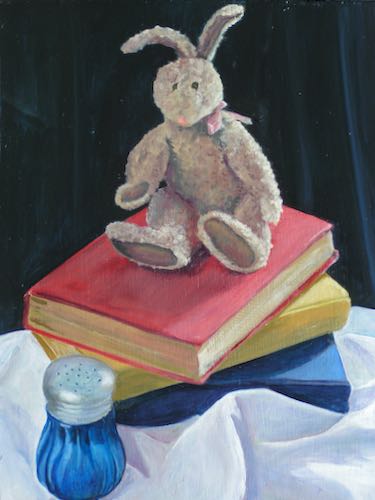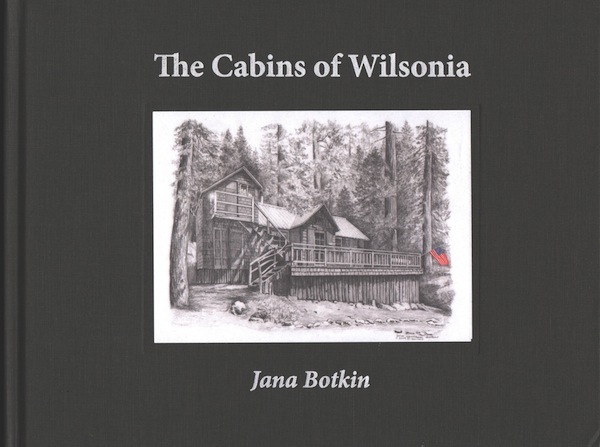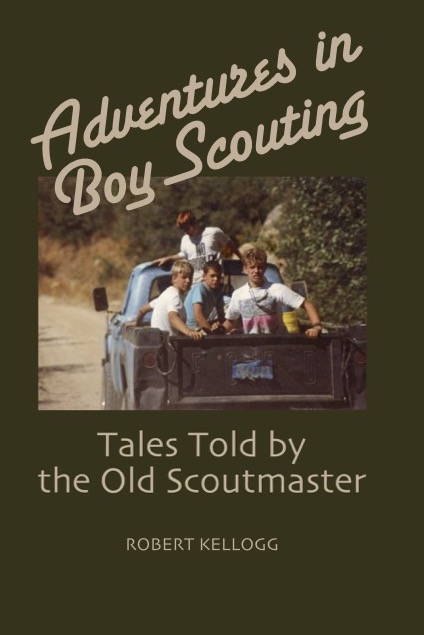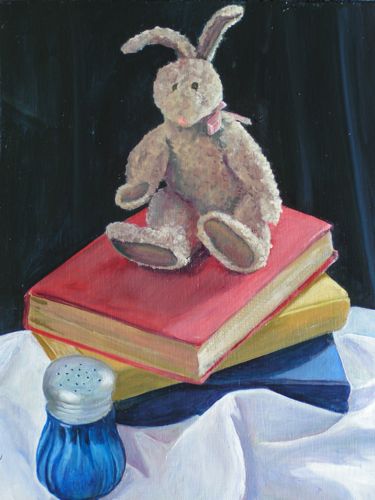Because we don’t have drawing lessons in July or August, sometimes my students say, “Have a nice vacation!” (One sings to me, “See you, in September. . .”)
“Vacation”? Fall down laughing. This is what I did workwise in July and August:
- Framed (or repaired) all the pencil drawings in Around Here (my solo art show in Tulare)
- Framed almost all the plein air paintings done on panels
- Finished a colored pencil drawing of a stellar jay, because I wanted to try out a new brand of colored pencils.
- Went through an old box of photos from an artist friend who assumed room temperature about 10 years ago. They were at the gallery in case my students needed reference material, but no one has looked at them for many years. So, they got redistributed, mostly into the round file.
- Finished all the pieces for the 2026 calendar and got it ordered in time to receive a large enough discount that the price doesn’t need to increase over the 2025 calendar.
- Got ready for the solo show, including delivering, hanging (I helped the director and her granddaughter), attending the reception, returning to visit the show with a couple of special friends, and finally, returning to retrieve the unsold pieces.
- I continued learning to be comfortable driving an automatic. Sort of. I am comfortable with a 6 cylinder engine, the car has a cool built-in spot for sunglasses, a button that opens my gate (but won’t open the garage), and the CD player holds SIX CDs!
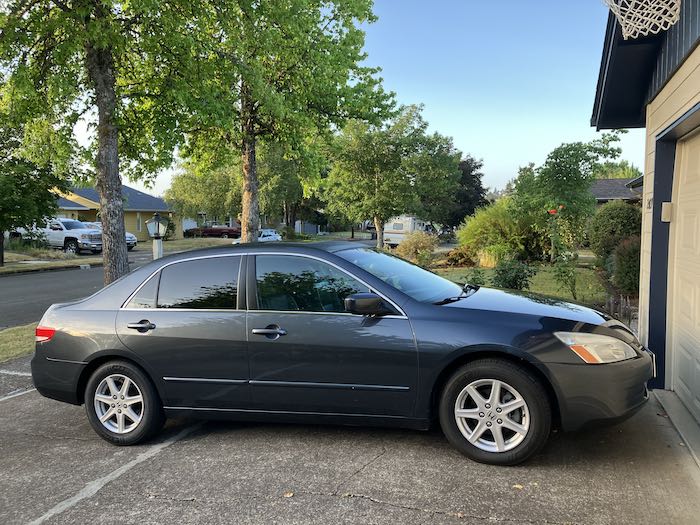
2. The library’s card catalog stopped working online after the last “maintenance” session. I spent awhile on the phone with a librarian, who told me how to email the IT department directly. Then he talked me through downloading the library’s app on my phone. Ugh. I don’t want more apps. It is much more convenient to order books on the laptop, but this is better than not being able to order books at all.
3. I visited the Santa Cruz Boardwalk for the first time in my life.
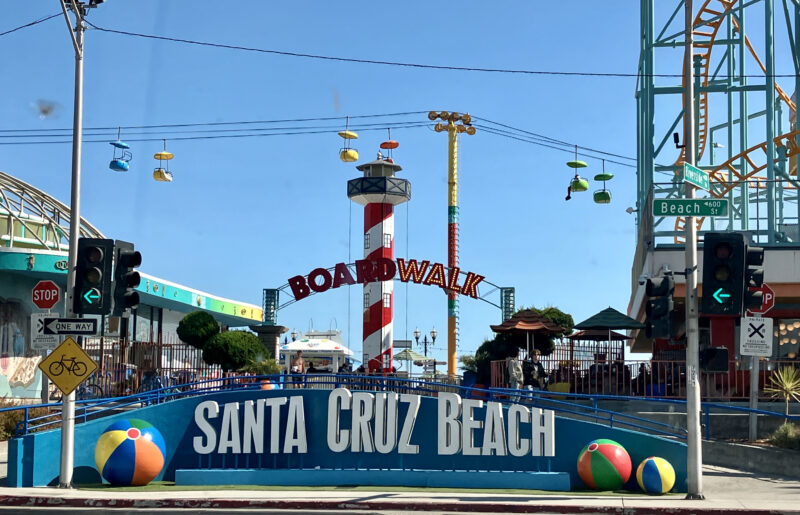
4. I saw my first skate, which I’d never heard of before.
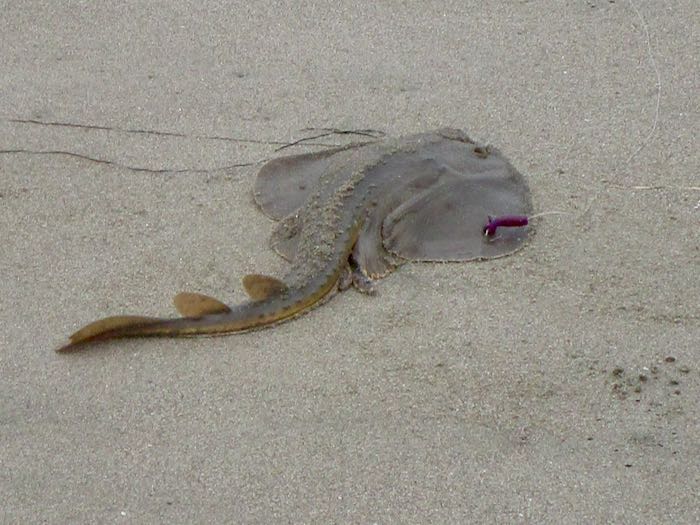
5. I tried to solve Super Sudoku—guess I’m not as analytical as I thought. These things are impossible.
6. The SS Palo Alto was completely new to me—a ship used solely for entertainment, attached to the pier at Rio Del Mar California State Beach—fascinating!
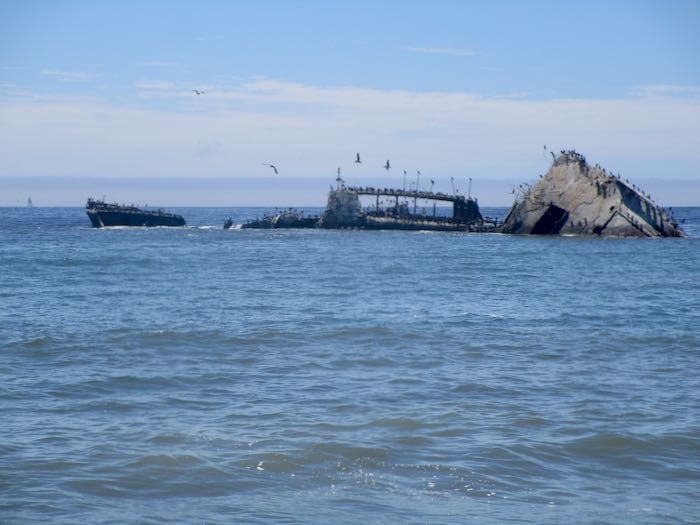
7. I don’t really enjoy playing games, but it was fun with Mrs. Texas and her family. We played two games I’d never heard of before: Code Names, and Shut the Box. (Nope, I don’t want to own either one; don’t put those on a list for me, okay?)
8. How did I not know that Reba McEntire’s entire band died in a plane crash in 1991? I thoroughly enjoy country music, but until Trail Guy and I discovered a new station called The Legend (105.5 in Fresno), I hadn’t listened for a couple of decades, so this tragedy was new information to me.
9. A pattern is emerging that has taken me awhile to become aware of: I love to read books based on island or ocean locales. Most recently finished Alexander McCall Smith’s The Winds from Further West, Elizabeth Strout’s Lucy by the Sea, currently reading The Boy from the Sea by Garrett Carr. Anything based in Ireland—I’m on it!
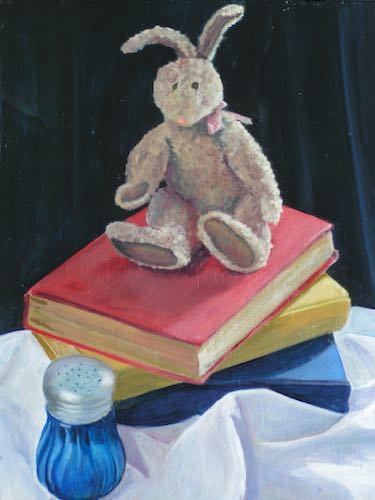
10. In a random conversation with someone, I learned that non-compete contracts are not legal in California because they interfere with people’s ability to earn a living. So you can work for two competing print shops at the same time, or medical clinics, or restaurants, for example. But I still think that you can’t sell a business and then open one just like it across the street! This is what I found online:
California has banned non-compete agreements in employment contracts, making them generally unenforceable. This law, effective from January 1, 2024, requires employers to notify employees that any existing non-compete clauses are void.
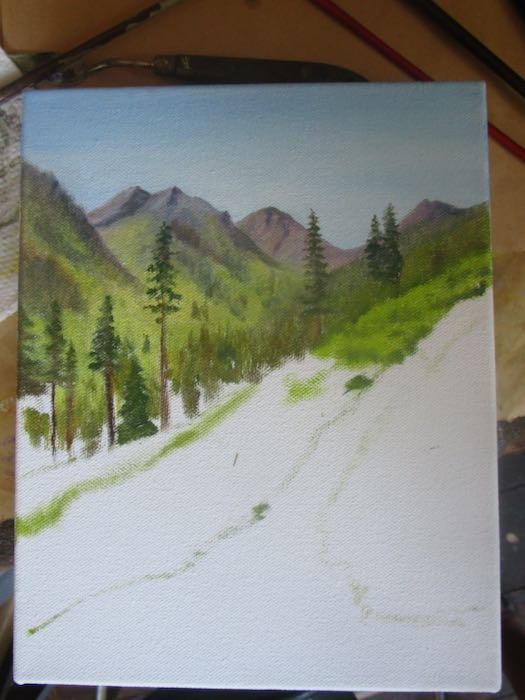
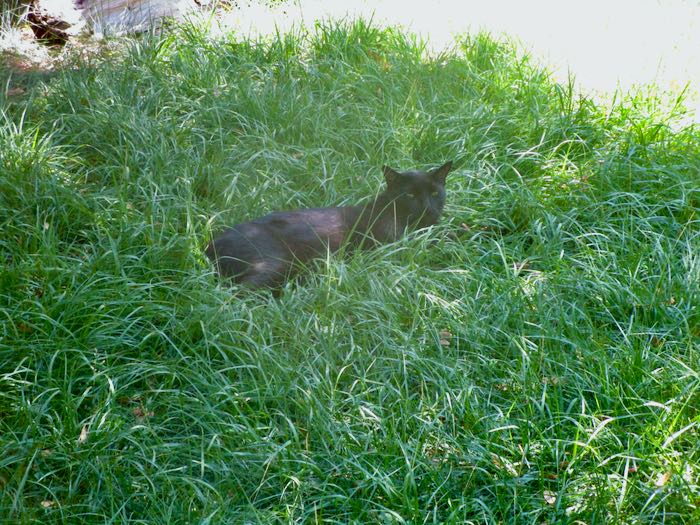
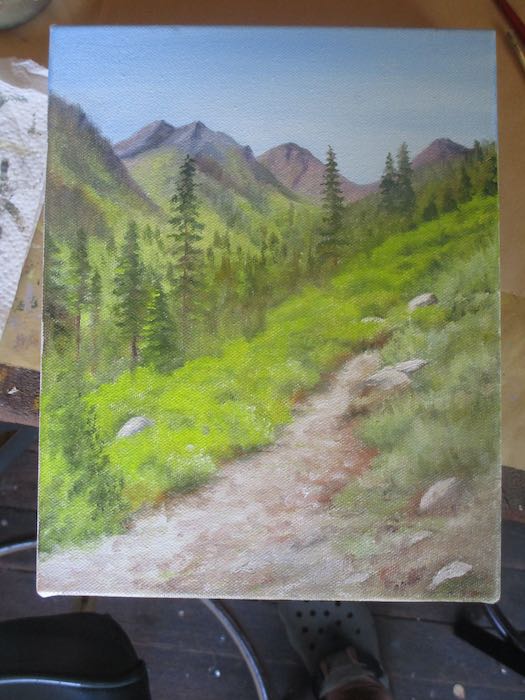
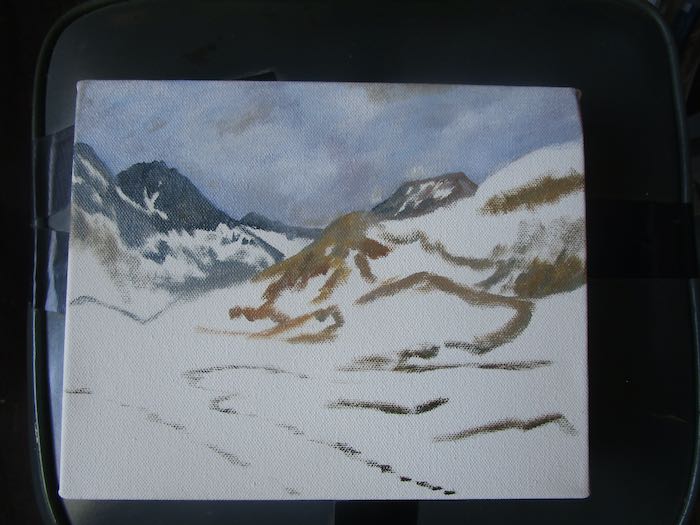
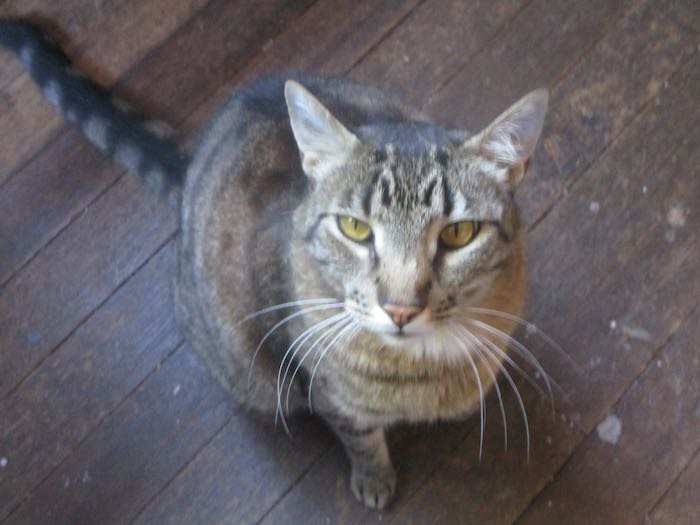
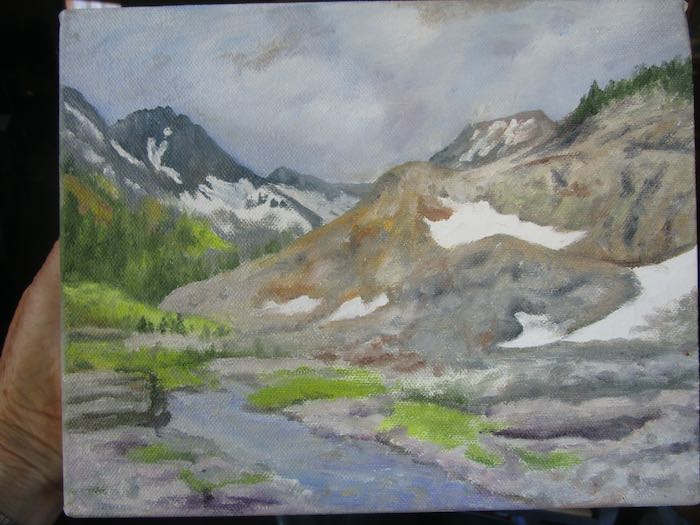
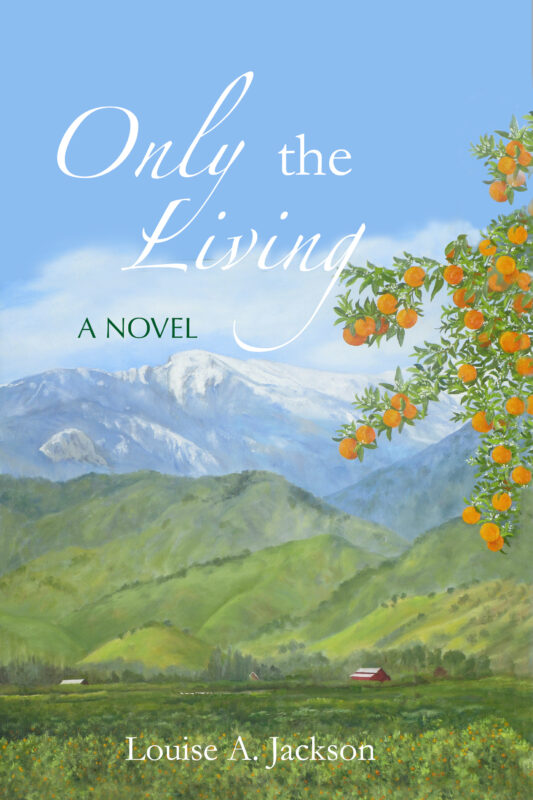
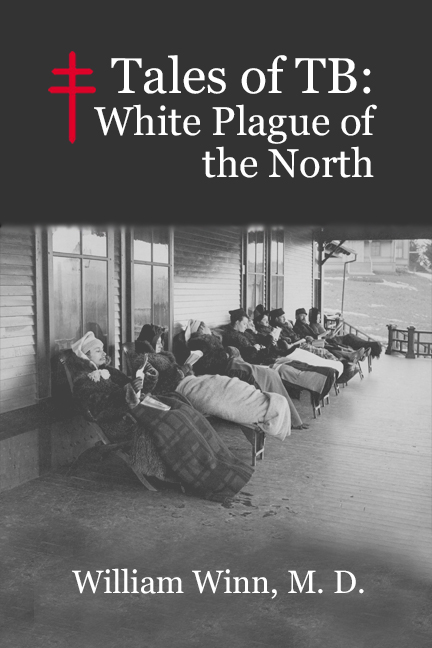
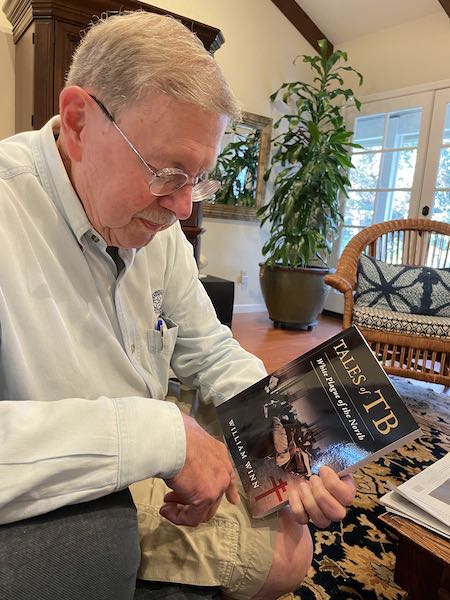
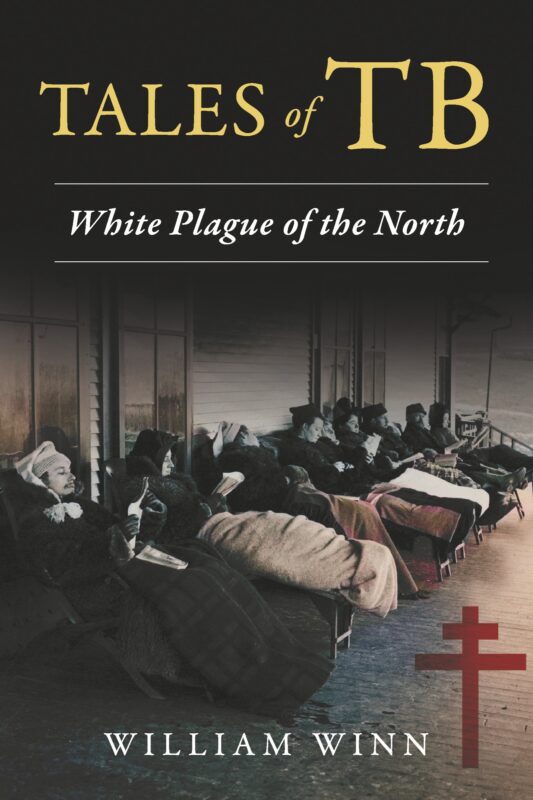
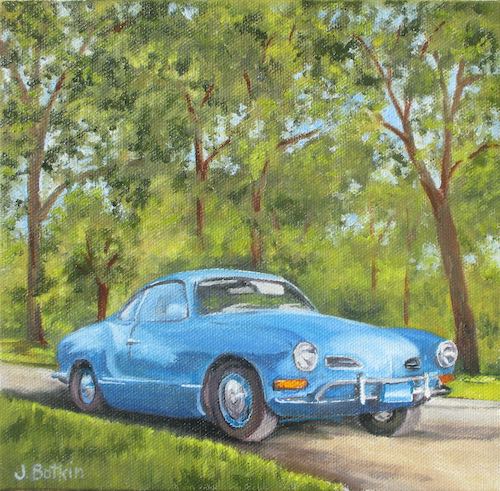
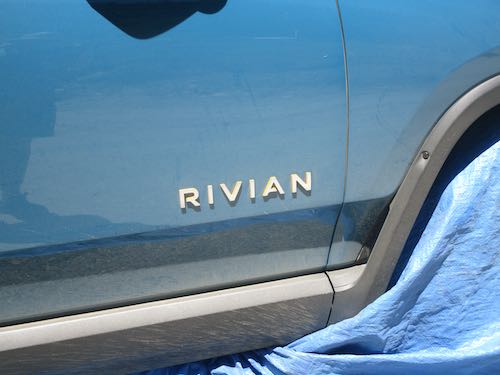
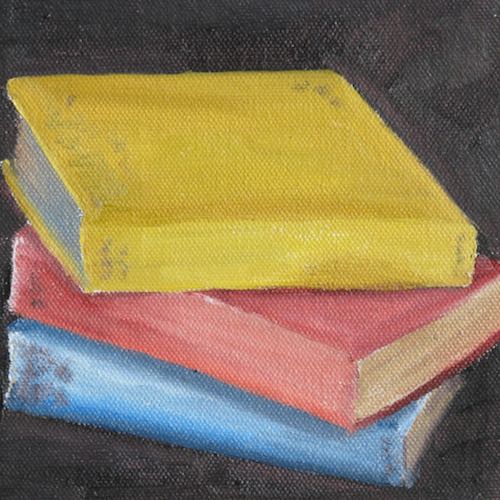
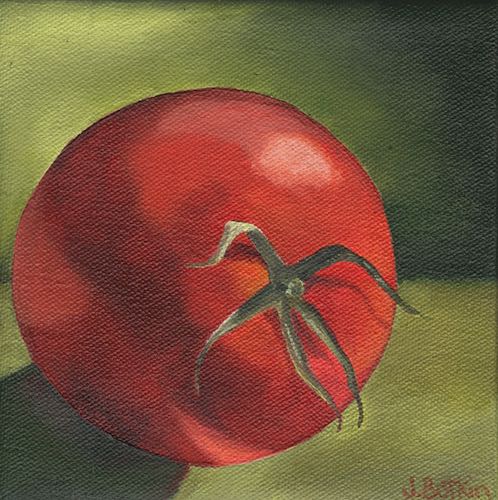
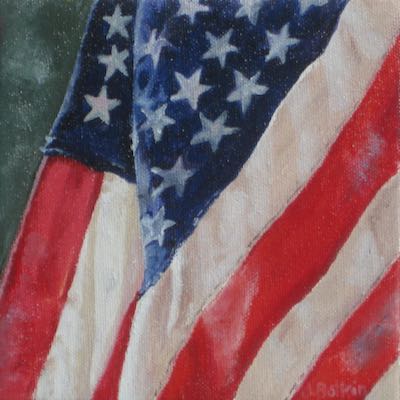
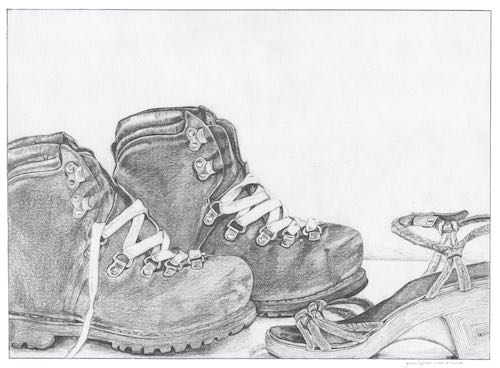
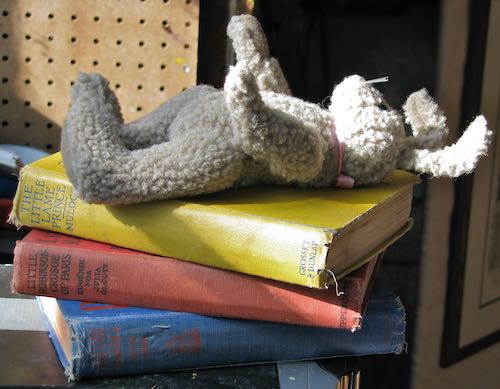
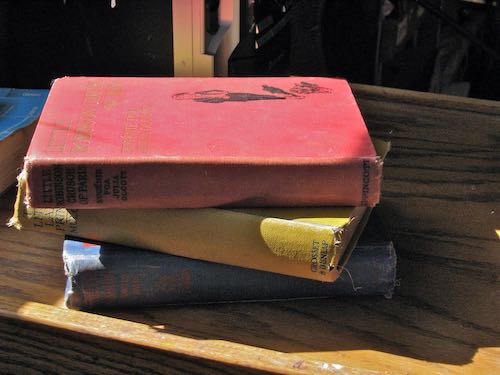 As promised yesterday, today we continue The List of tasks in writing a book. (This ought to be numbers 15-29, but I can’t get the blog to obey me.)
As promised yesterday, today we continue The List of tasks in writing a book. (This ought to be numbers 15-29, but I can’t get the blog to obey me.)